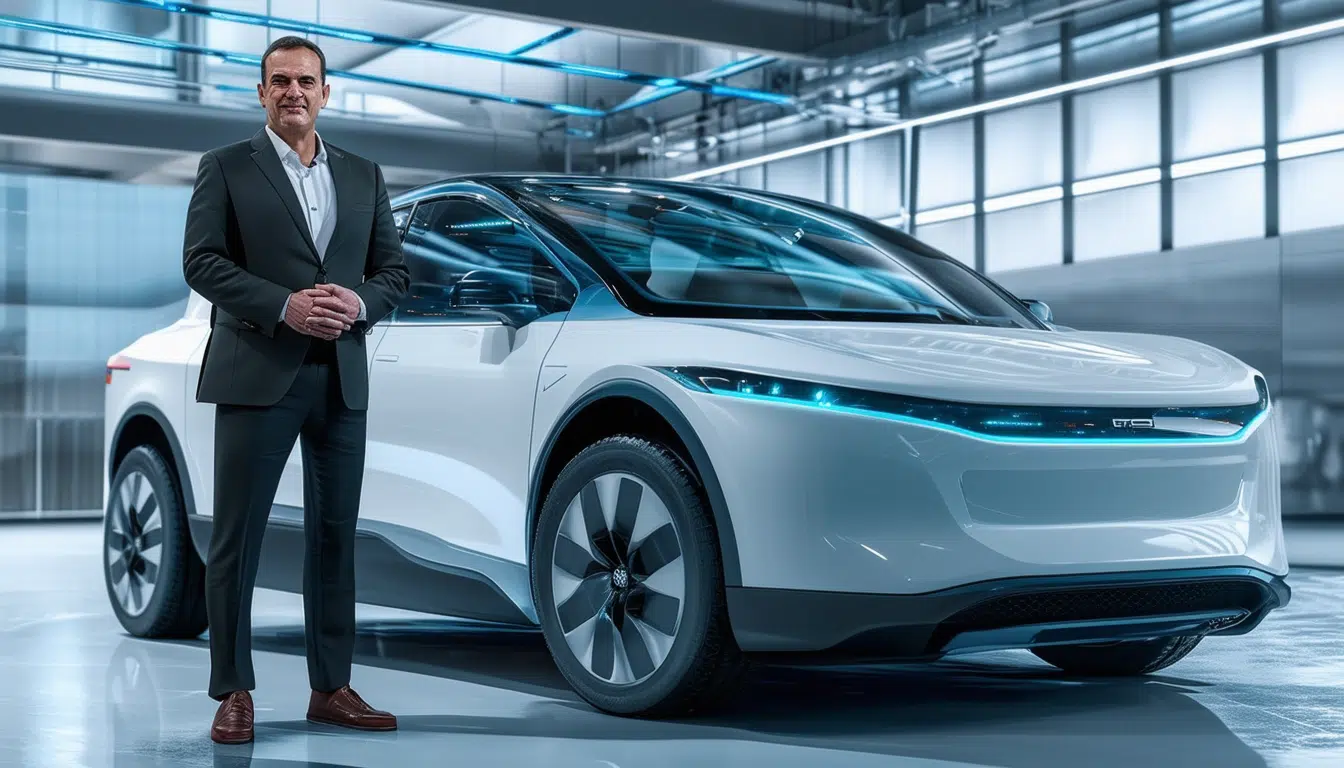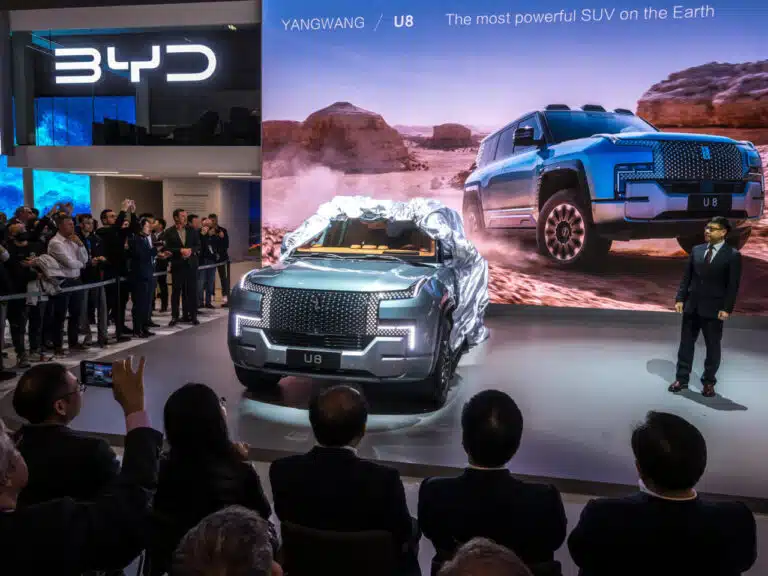Carlos Tavares takes the lead in ecological transformation: farewell to the iconic engine that won the hearts of Stellantis

The automotive industry is experiencing an unprecedented transformation towards a more sustainable future. At the heart of this revolution are bold decisions like the one made by Carlos Tavares, whose vision has been marked by a strong push towards electrification and sustainability. The removal of Stellantis’ iconic HEMI V8 engine is a testament to this unwavering commitment to reducing environmental impact, although not without controversy. This shift represents a crucial step in the pursuit of cleaner technologies and a turn towards more responsible energy alternatives.
The automotive industry is at a significant crossroads in its history, rapidly transitioning towards a more sustainable future. At the center of this movement is Stellantis, under the visionary leadership of Carlos Tavares. However, his leadership has been a double-edged sword, praised by some for its focus on electrification and criticized by others due to the removal of the legendary HEMI engine series. The move aims at a redefinition of the sector with a strong emphasis on sustainability and innovation.
The Legacy of the HEMI Engine
Since its creation in the early 1950s, the HEMI V8 engine has been a legend on the asphalt, marked by its hemispherical combustion chambers. It enjoyed great popularity in the United States, especially from the 1960s, a time when it began to be associated with muscle car culture. Car enthusiasts will especially remember the HEMI 426 engine of 7.0 liters, which took glory in the Daytona 500, and the engines released in 2003 that kept the passion for those powerful powertrains alive.
An Unpopular Decision
Despite its iconic history, Stellantis decided to do away with these engines under Carlos Tavares’ direction, which generated a wave of criticism among motor enthusiasts around the world. Anonymous workers from the company have shared such decisions with media outlets like CNBC, describing Tavares as a staunch advocate of cost reduction and short-term benefits, regardless of the popularity of such symbolic elements as the HEMI engine.
Heading Towards Electrification
The biggest challenge taken on during Tavares’ era was the bet on the complete electrification of Stellantis’ vehicle lineup. With a colossal investment of 30 billion euros, the aim was to position the automotive group at the forefront of sustainability, although many within the company felt the change was too radical. Proposals like maintaining a line of thermal vehicles were ignored in favor of a determined approach towards electric technology.
Controversies and Market Changes
In addition to the elimination of the HEMI engines, Tavares implemented other unpopular measures aimed at cost reduction, such as simplifying the Jeep Grand Cherokee combined with a significant price increase. These actions were especially criticized in the U.S., a market where the attachment to car culture is very strong, and where such adjustments were not well received.
An Uncertain Future and Opportunities for Transformation
While Carlos Tavares’ departure from Stellantis marked a significant change in direction, it also made clear the path towards an imminent transformation within the entire automotive industry. Electrification, despite the controversies, seems to be not only the challenge but also the opportunity for a greener future. Current innovations, such as the development of revolutionary hybrid engines for 4x4s or the influence of technology on optimizing energy efficiency, underline the potential for a renewed approach towards sustainability.
For more information on the evolution of hybrid engines and advances in sustainability, visit: Discovering the Future of Automotive Ecology and The Transformative Influence of Technology on the Optimization of Energy Efficiency.
Tavares’ Green Heritage: An Evolving Legacy
Carlos Tavares took bold and controversial measures in his attempt to lead the ecological transformation in the automotive industry. His decision to eliminate the iconic HEMI V8 engine, despite being unpopular among many car enthusiasts, exemplifies his commitment to a more sustainable future. This engine was a symbol of power and style, especially in the U.S. market, where it had been a centerpiece for decades. However, Tavares understood that the perpetuation of such old technologies was incompatible with the goals of reducing carbon emissions and advancing towards a more ecological vehicle fleet.
Tavares’ bet on electrification was not only reflected in the elimination of internal combustion engines but also in a colossal investment of 30 billion euros in the development of electric vehicles within Stellantis. Although he faced resistance, especially in markets where Chrysler’s V8s were revered, his vision did not waver. He considered that prioritizing clean energy and adopting new technologies were essential for long-term success in an industry increasingly regulated by strict environmental standards.
His critics often claimed that he acted hastily, arguing that the rapid transition towards electric vehicles could have affected sales and customer satisfaction. Nevertheless, Tavares’ strategy has propelled Stellantis into the future, challenging its competitors to accelerate their own commitment to sustainability.
Ultimately, Tavares’ leadership leaves a lasting mark on the industry, proposing a model that others could follow. His legacy is not merely that of an executive who made necessary changes, but that of a visionary who anticipated and acted on the urgency of an energy shift. His chapter in Stellantis is a powerful reminder that in the pursuit of sustainability, sometimes we must say goodbye to the most cherished elements of the past to make way for a better future.




